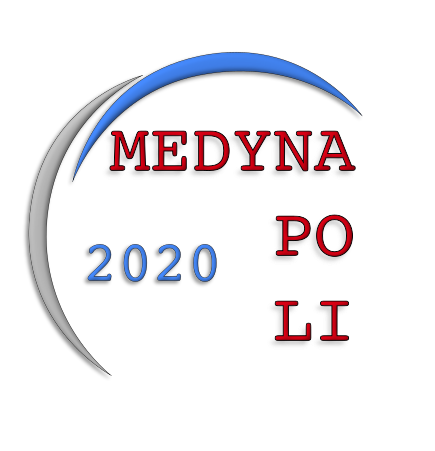
|
jointly organized with AIDAA - Italian Association of Aeronautics and Astronautics -
17-19 Feb 2020 Napoli (Italy)
|
|
|
|
Special Sessions: National and International ProjectsSpecial Sessions in MEDYNA2020 1) CASTLE / CAbin Systems design Toward passenger welLbEing / https://www.geven.com/geven-and-the-castle-project-in-clean-sky-2-programme/ CASTLE is devoted to achieve an improved and optimized passenger cabin environment by means of an innovative and integrated design approach mainly based on: Human factor issues regarding ergonomics, anthropometrics, as well as effects of vibration, noise and motion on passenger, crew and PRM; Noise and vibration, including active and passive treatments; Environmental friendly cabin materials to improve human interaction with cabin materials in terms of comfort and health issues; Safety-related systems, including fire worthiness concepts and procedures; Main cabin system (cabin lighting, passenger seats, galley, lavatory, lining panels, stow bins, thermal insulation blankets) interfacing with passenger, flight attendant and PRM in their living and operative spaces. 2) T-WING / https://www.cleansky.eu/clean-skys-t-wing-in-conversation-with-cira The T-WING project is aimed at developing, manufacturing, testing, and qualifying an Innovative Composite Wing for the Technology Demonstrator (TD) of the Next Generation Civil Tilt Rotor (NGCTR), performing at the same time studies on the scalability potential of the proposed solutions for the exploitation of the technologies on the full-scale aircraft. As integral part of the whole activity, the Consortium will work in close cooperation with LEONARDO Helicopter Division (LHD) in all the assembly and installation phases into the NGCTR prototype as well as during vehicle ground and flight testing. 3) DEVISU / DEvelopment and applications of a VIrtual hybrid platform for multiscale analysis of advanced StructUres of aircraft / http://www.mul2.polito.it/index.php/people/114-research-projects/256-devisu The project ambitiously aims at setting new methodologies and design tools to address failure of composite structures and noise/vibration reduction, along with investigation of new materials for aerospace applications. DEVISU will results into an integrated multi-disciplinary (structure mechanics, acoustics, control), multi-fidelity (classical and nonlocal mechanics, advanced theories of structures), multi-scale (from micro-mechanics to global/local analysis of complex structural assemblies) and hybrid approach together with its software tool implementation for the reliable, efficient and computationally effective simulation of aircraft structures. The focal point of DEVISU will be the development of a hybrid surrogate platform based on advanced theories. Surrogate models can substitute classical deterministic methodologies and alleviate the burden of complex analyses and simulations. These models will mimic the behaviour of the simulation analysis as closely as possible, while being computationally convenient. Metamodels are constructed using a data-driven, bottom-up approach and will be based on metadata extrapolated from DEVISU sub-tools and ad-hoc experiments 4) VIPER (MSCA-ITN-EJD) / VIbroacoustic of PERiodic media / http://viper.ec-lyon.fr VIPER is a European Joint Doctorate network. Structural periodic design is a powerful strategy for lightweight structures achievements while remaining a convenient solution for manufacturing aspects. One of the research targets is the inclusion of vibroacoustic design rules at early stage of products development through the use of periodic media which exhibit proper dynamic filtering effects. The VIPER project’s main goal is to develop and to validate tools for the design of global vibroacoustic treatments based on periodic patterns allowing passive control of vibration and acoustic paths in layered concepts. This will be achieved by addressing in-depth structural periodicity stiffness as well as absorption attributes. The proposed concepts would ensure a significant improvement of vibroacoustic performances in a wide frequency range. Dealing with large scale periodic structural-acoustic concepts involves a multi-scale aspect that needs specific numerical tools. A two scale strategy will be pursued in most of the achievements to handle periodicity effects: the meso-scale is related to the elementary cell or the span, while the macroscale relates to the full-size structure. Each scale will be characterized by its own efficiency indicators: effective parameters (mechanical and acoustical equivalent material properties, dispersion characteristics…) at the meso-scale, and vibroacoustic indicators (structural damping, acoustic absorption, transmission loss…) at the macro-scale. |
| Online user: 19 | Privacy |

|
